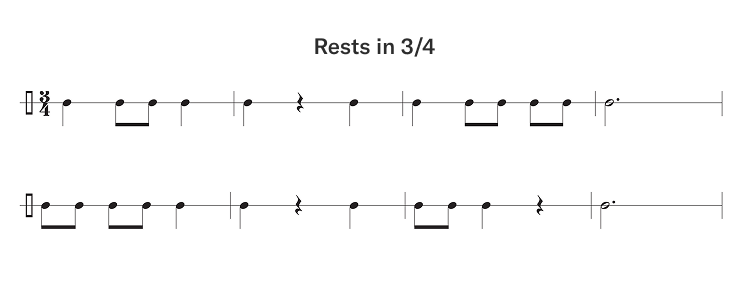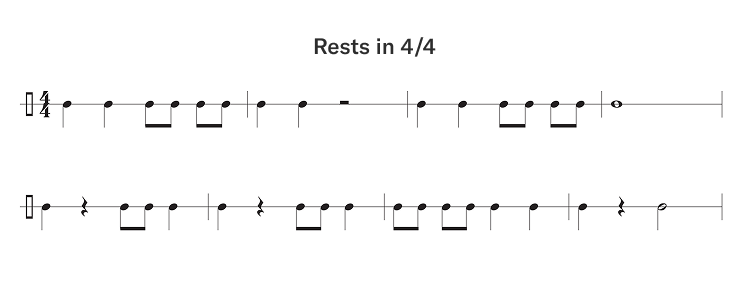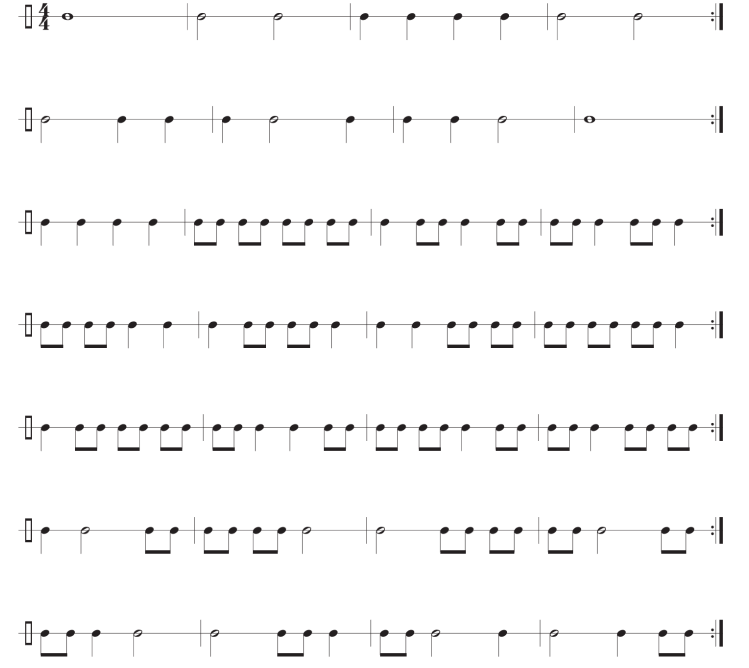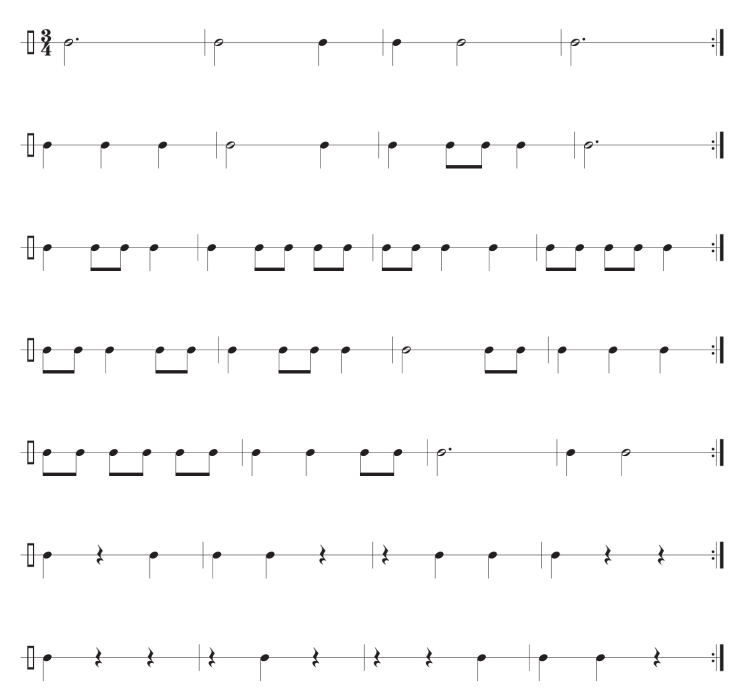

Learn with D’Addario Ascenté
Build better practice habits, strengthen your fundamentals, and play with confidence. This D’Addario Ascenté Learning Hub brings together simple, proven exercises and techniques designed to help students, parents, and teachers make the most of practice.
How To Practice
Practice Made Simple
Every great performance starts with consistent, focused practice. The Ascenté method breaks each session into four key stages: Setup, Warm-Up, Technique Building, and Repertoire, to help students form strong habits that lead to lasting progress.
Four Key Elements of Practicing

- Remove instrument and bow from case
- Tighten bow hair, apply 3-4 swipes of rosin if needed
- Attach shoulder rest (violin/viola)
- Extend endpin to appropriate length (cello/double bass)
- Prepare practice space with a pencil, metronome, tuner, and music stand
- Tune instrument

Preparation
- Sitting or standing up straight, feet flat on the floor
- Arms, neck, and shoulders loose
- Correct bow hold, with loose finger
Exercises
- Stretches of arms, neck, back, hands, and fingers
- Playing all four open strings, with long and full bows
- Alternating placing left hand fingers in playing position and releasing

Preparation
- Increasing reading speed: flash cards of note types, note names, etc.
- Rhythm: exercises in counting and clapping
- Clean finger transitions: perfectly smooth transition between notes
- Even, open bow strokes: pure, smooth tone (on each note, between intervals, using vibrato, etc.)
- Intonation: using a tuner, play scales or slower excerpts focusing on pitch accuracy
Exercises
- Scales
- Arpeggios
- Bow Articulation
- Rhythmic Variations
- Vibrato

Class/Lesson Assignments
- Études, solos, ensemble music, excerpts, etc.
Practice Techniques

Tips to Improve Your Practice Routine
Struggling with that difficult passage or tricky rhythm? Give these focused techniques a try, to make challenging music easier to master. You’ll learn to break down small phrases to and slow your tempo to help your practice smarter, not just longer.

Count Out Loud
Say rhythm while tapping foot. Use your metronome to help.

Finger
Position fingers while saying note names out loud.

Articulate
Using open strings (without using the left hand), use the bow to create different types and lengths of bow strokes.

Play
7 repetitions in a row without mistakes and then increase metronome speed.
If you practice effectively, you can conquer anything. Here are some practice techniques to try with difficult passages:
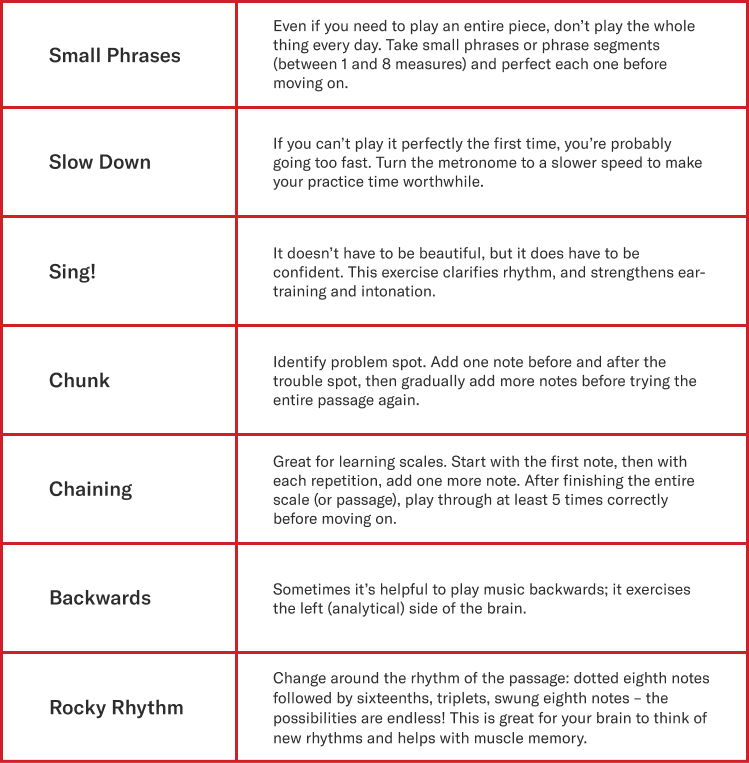
Reading Music 101
Learn to Read Music
Get familiar with the notes on the staff for Treble, Bass, and Alto clefs. Each diagram is designed to help beginners visualize and memorize note placement quickly and confidently.
Treble Clef

Bass Clef

Rhythm & Time Signature
Master the Beat
Understand how rhythm and time signatures work together to create music’s pulse. Learn how to count beats, identify rests, and connect rhythmic patterns through visual examples and guided exercises.
Time Signature

Rhythm Practice
Practice Reading and Playing Rhythms
Put that rhythm knowledge to the test with progressive exercises that build timing, coordination, and consistency. Each level introduces new patterns and challenges to help students lock in and stay on beat.
- Basic Rhythm Practice 1 & 2: foundational quarter, eighth, and sixteenth note exercises
- Rhythm Challenge 1 & 2: intermediate drills with rests, ties, and time changes
Basic Rhythm Practice 1
Basic Rhythm Practice 2
Rhythm Challenge 1
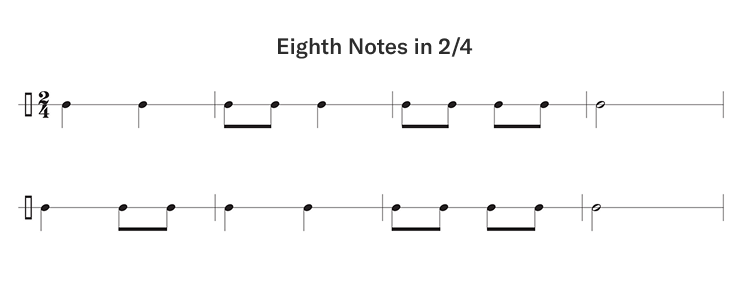
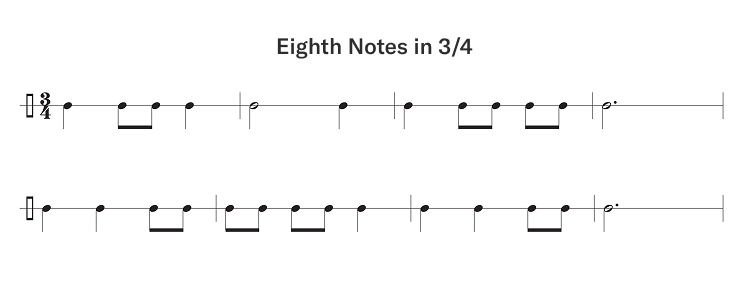
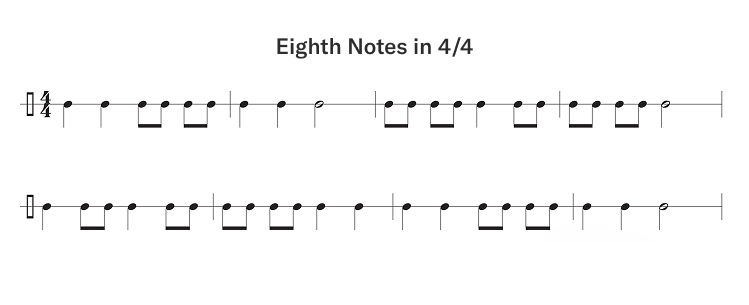
Rhythm Challenge 2
